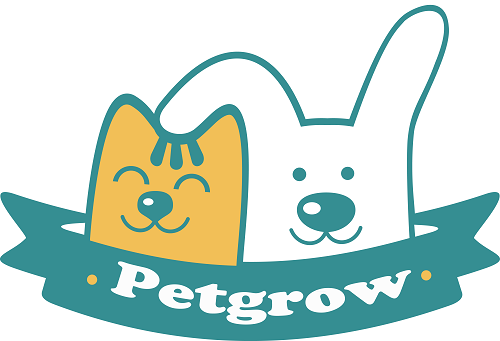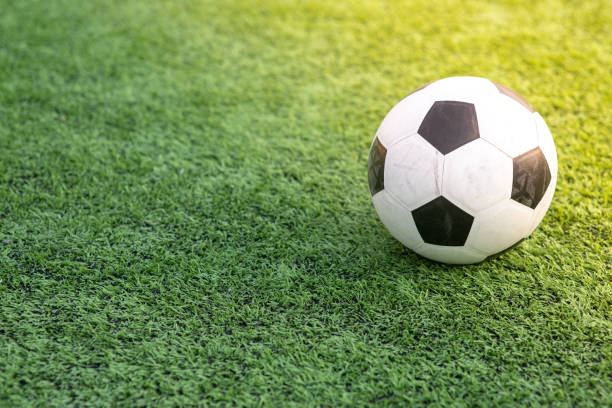Tackling a landscaping remodel can be a daunting task for any homeowner, let alone maintaining it after the project is complete. That's why artificial grass is the perfect choice for a low-maintenance yard.
Knowing how to install artificial turf presents its own set of challenges, and it can be difficult if you don't know the proper steps. This installation guide will take you through the step-by-step process to ensure a smooth installation and you'll end up with a lush lawn.
We get questions from you in our messages, and you might also want to know if artificial grass can be laid over natural grass or wooden floors. The conclusion is yes. However, like any shortcut, there are pros and cons.
Laying artificial turf directly on natural grass or wooden boards does save you money and time in demolishing your existing lawn. There will be no problems in the short term, but over the years, you will find a series of problems later.
This may cause improper drainage. Typically, sprinkler and rainwater drains quickly and dries or evaporates, but if the step of removing natural grass is skipped, this moisture often has nowhere to go and accumulates in puddles, deteriorating your lawn over time. A healthy drainage system is the key to making artificial grass your dream grass.
Weed problem. If you install artificial grass over natural grass without a good weed barrier, you will likely start to see weeds popping out of the artificial grass over time.
Plus, once you put sod on top, most of your existing grass dies, and the dead lawn compacts, resulting in an uneven surface that won't fix itself. Not only does this look visually unappealing, but it can also create a tripping hazard.
Artificial turf is a long-term investment. It's up to you to weigh the pros and cons.



Share:
Is fake grass flammable?
How to Install petgrow Artificial Grass?